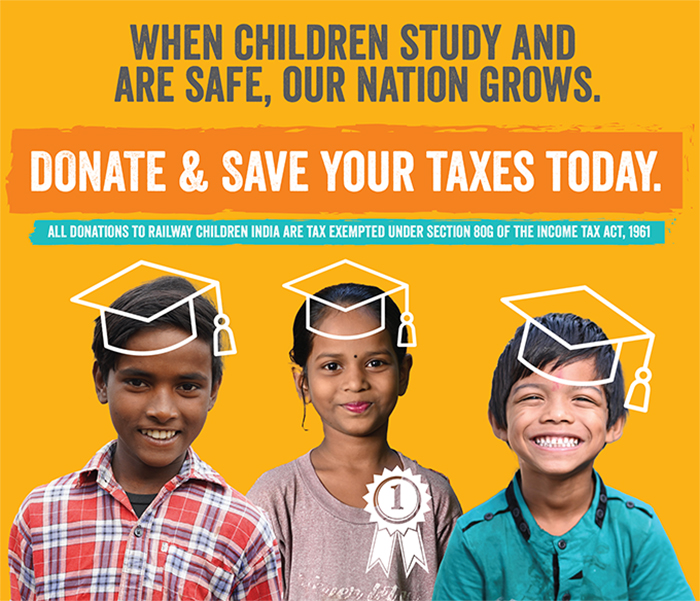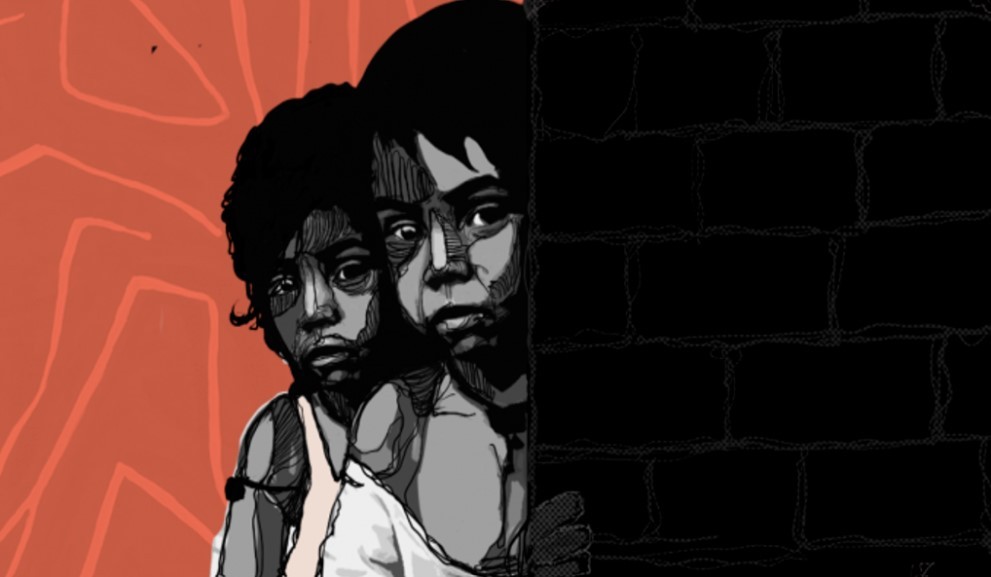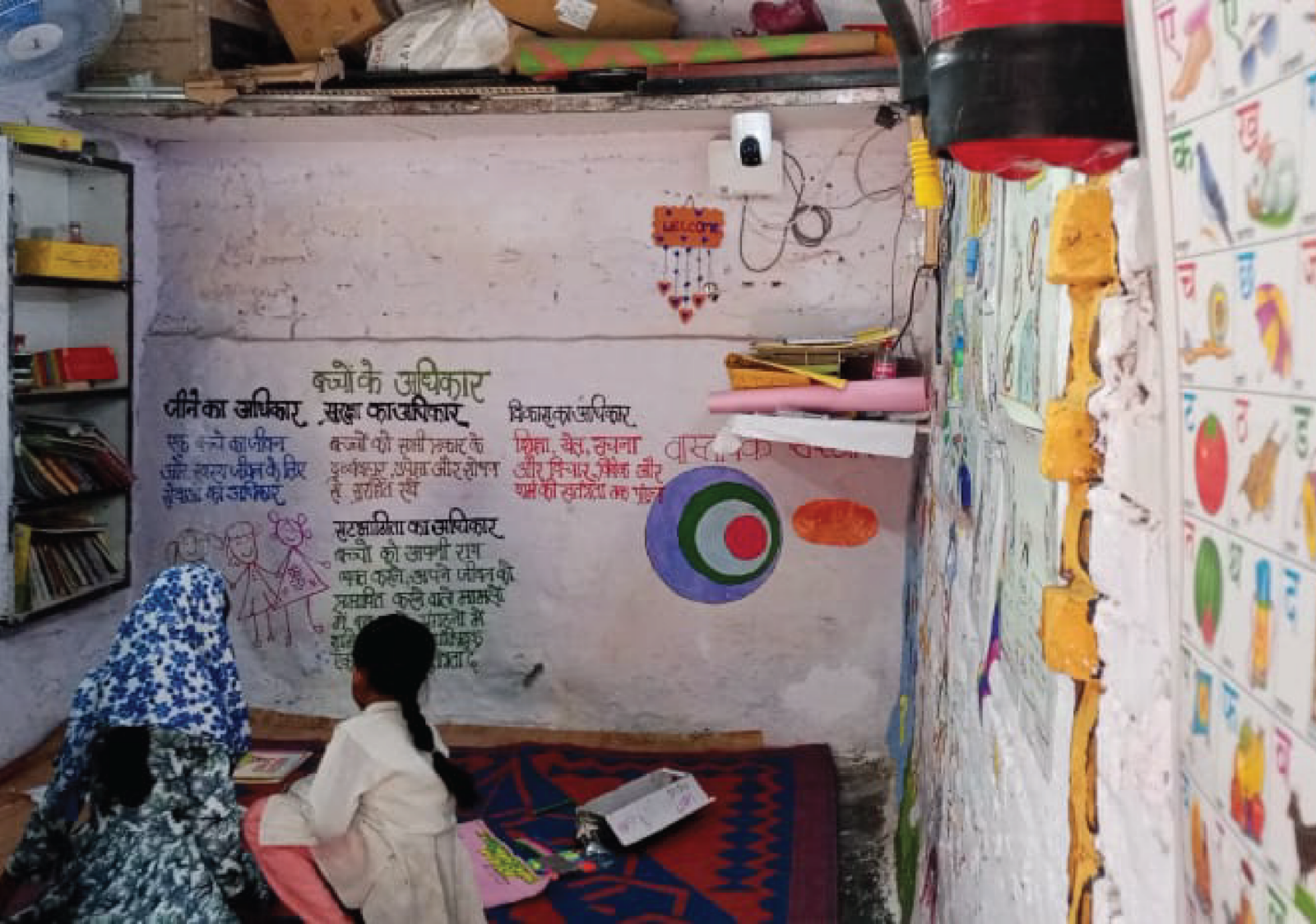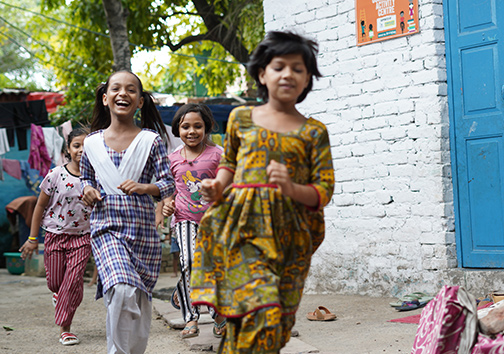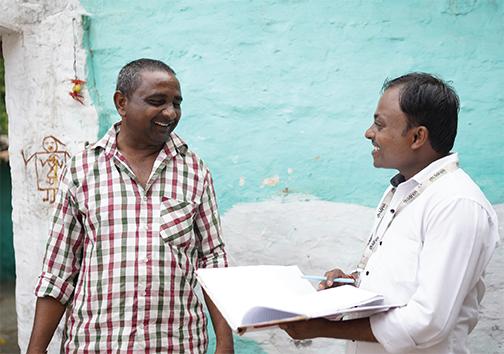The Print
The words ‘child trafficking’ evoke an image of a clandestine, dark place veiled under bright city lights. A place where children enter trembling in fear and stay forever shrouded in despair. In our minds, this macabre image is associated with several concepts, which we believe to be true. For instance, it’s commonplace to picture a stranger abducting a child and transporting her to an agent in exchange of a wad of cash. However, this image, popularised by storytellers, is riddled with myths that merit debunking.
In an attempt to strip such images off their myths and paint a realistic picture, here’s an intriguing and insightful list of myths vs facts that will not only shatter the images we may have been holding unknowingly, but also build new images that will add nuance and awareness to our understanding of the issue.
MYTH: Perpetrators of child trafficking are strangers to the victims
FACT: In a majority of cases, victims are trafficked by someone they know, such as a friend, family member or their romantic partner.
MYTH: A child trafficking incident is a violent crime
FACT: Not all trafficking incidents entail violent kidnapping. In reality, most human traffickers use psychological tricks and manipulative ways to lure a victim out of his/her homes.
MYTH: All human trafficking involves commercial sex
FACT: Human trafficking includes myriad exploitations such as forced labour, domestic servitude, organ trafficking, debt bondage, recruitment of children as child soldiers, and/or sex trafficking and forced prostitution. Globally, experts believe cases of labour trafficking trump those of sex trafficking.
MYTH: Only girls and women are victims of human trafficking
FACT: Reports and studies have suggested that boys and men are just as likely to be victims of human trafficking as girls and women. Girls and boys are often subject to different types of trafficking. While girls are more likely to be trafficked for sexual exploitation, boys are more likely to be trafficked for forced labour or recruitment into armed groups.
MYTH: Trafficking involves transporting a person across state or national borders
FACT: Unlike smuggling, a crime that it commonly likened with, human trafficking does not require movement at all. A child could be trafficked and exploited from their own home or within their own cities in hotels and motels.
MYTH: If the victim consented to the situation, the case cannot be bucketed as one of human/child trafficking
FACT: Initial consent to commercial sex or a labour is often based on acts of force, fraud, or coercion; therefore, it is not considered relevant to the crime. Neither is payment received by the victim or their guardians.
MYTH: People being trafficked are physically unable to leave or held against their will
FACT: While force is one way of retaining victims in the confines of the place of exploitation, other forces such as coercion and deception are also commonly used. Victims are also controlled through drug addiction, manipulation, lack of financial independence, and isolation from family.


